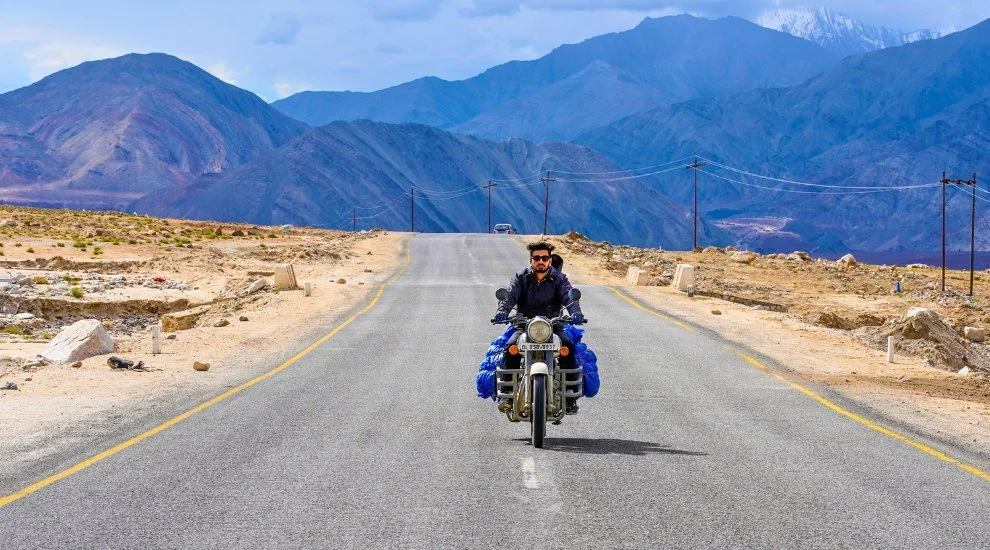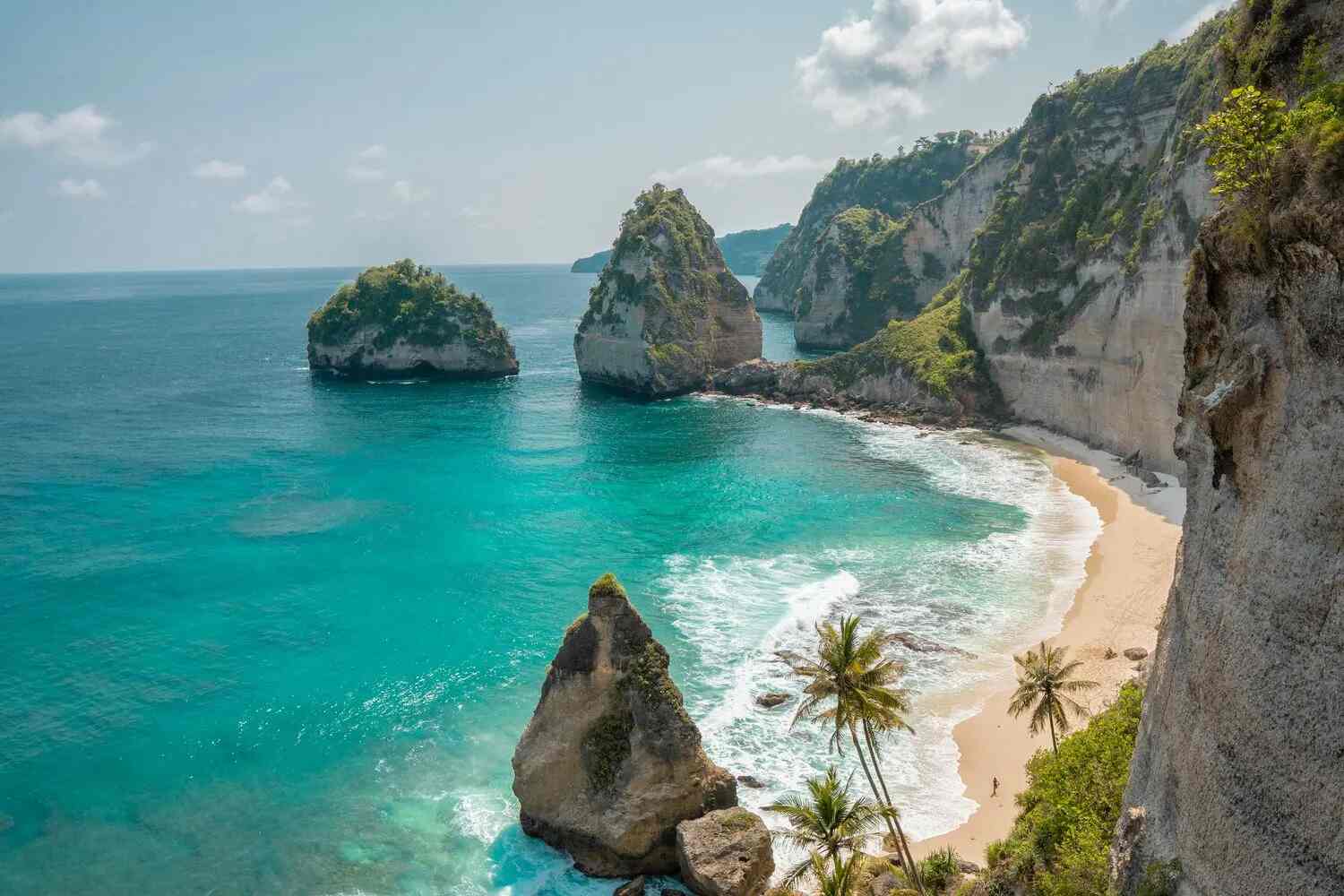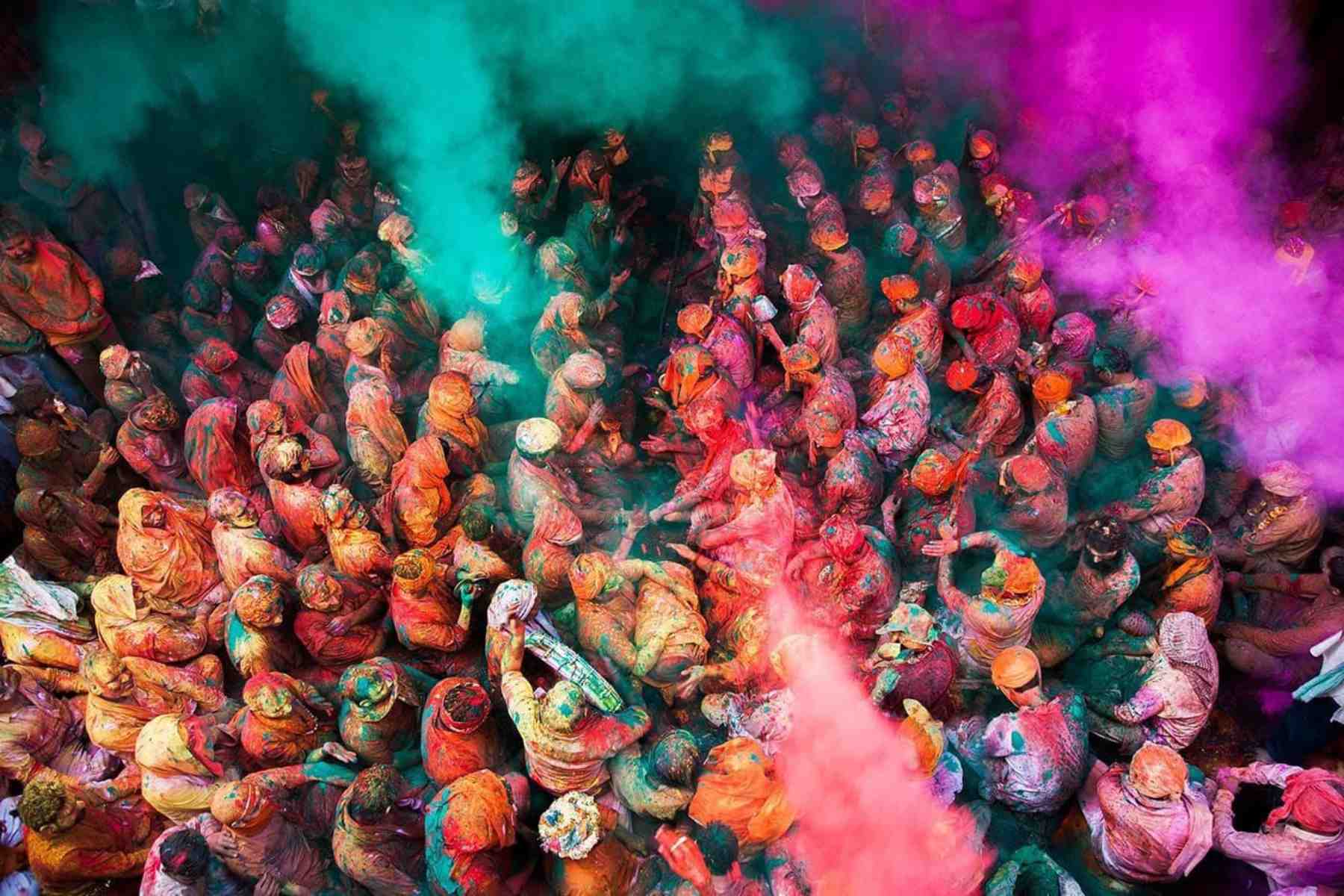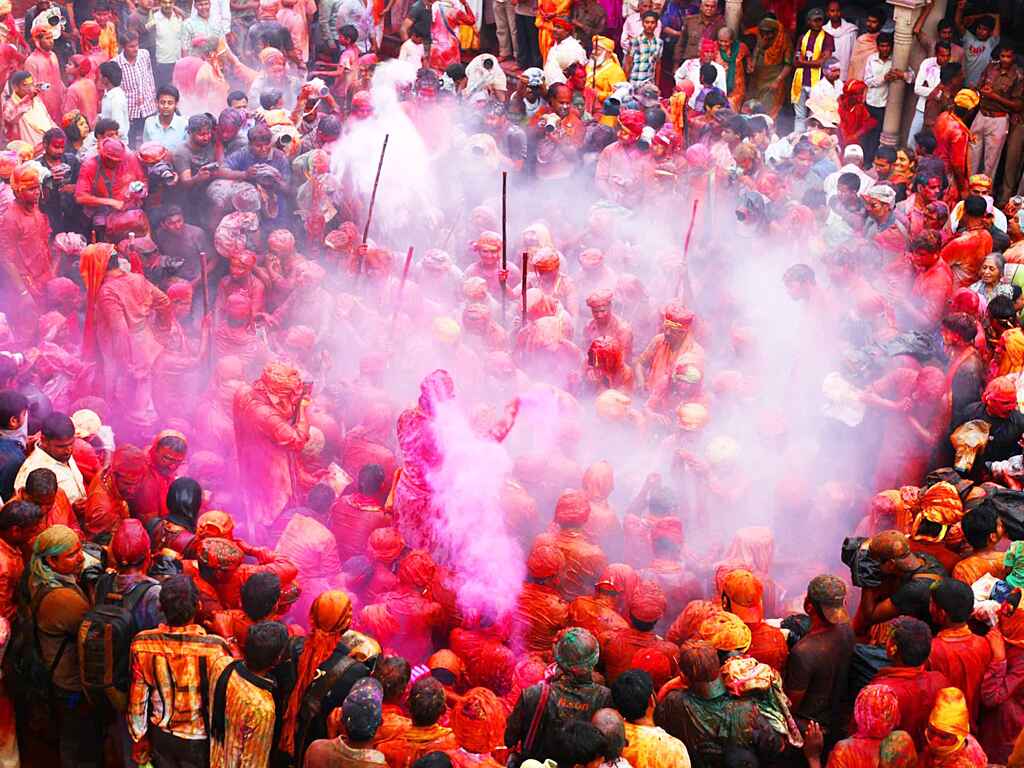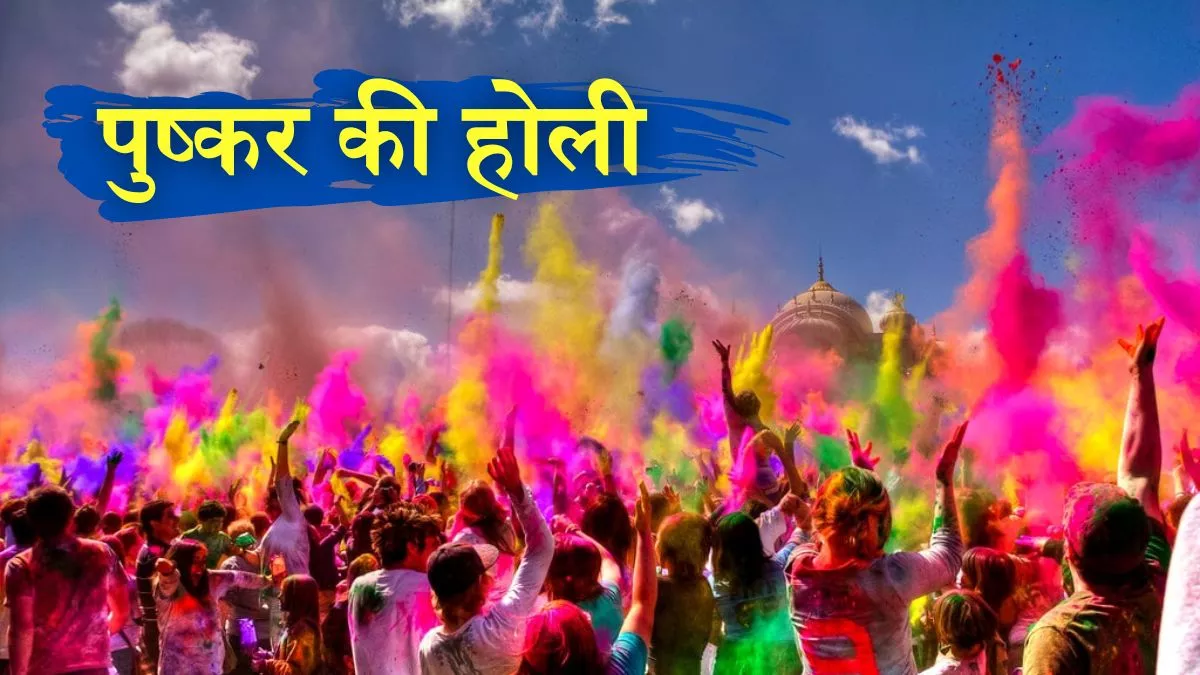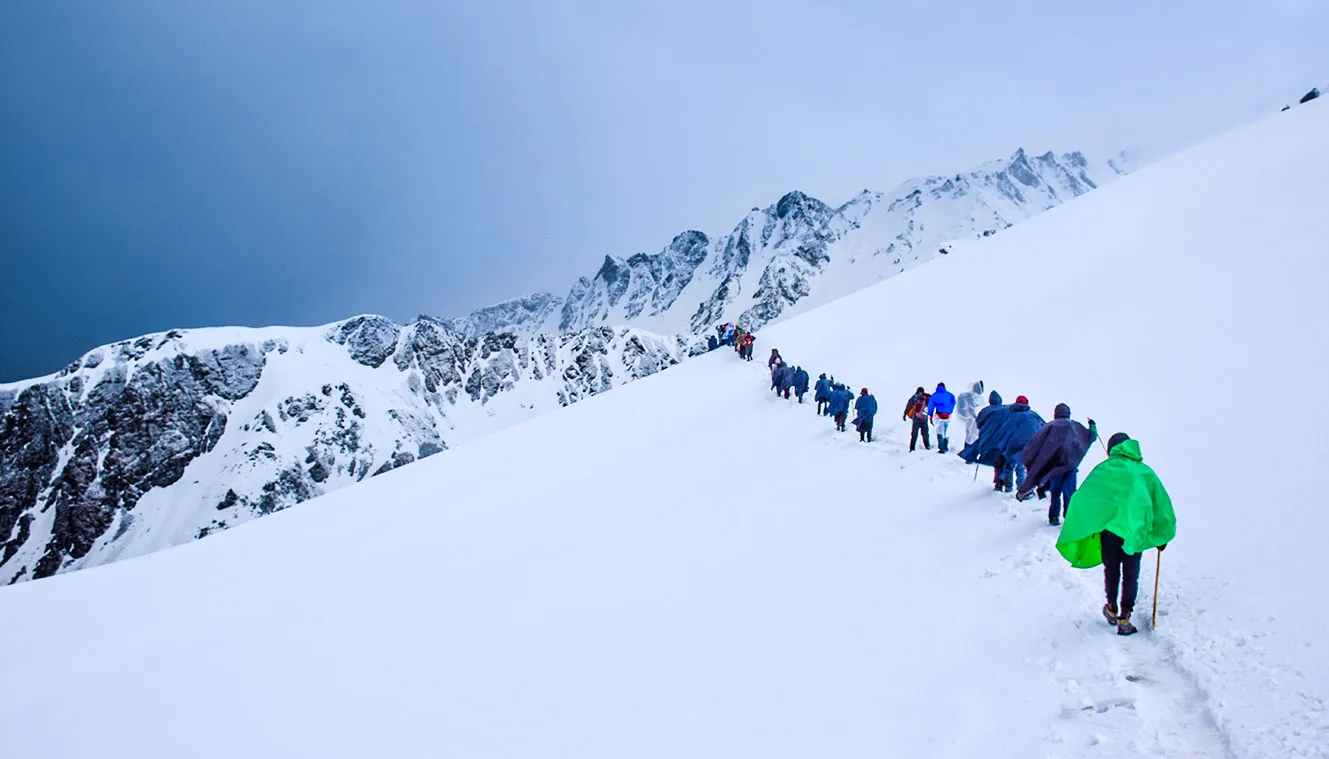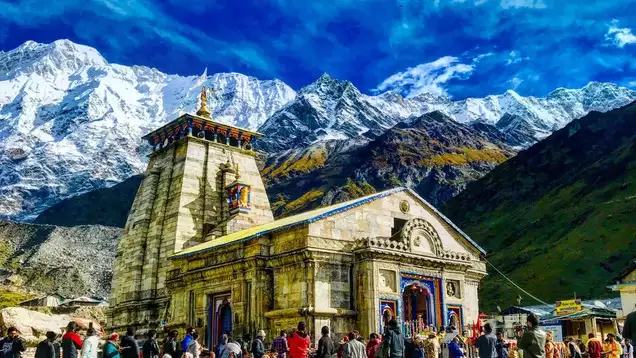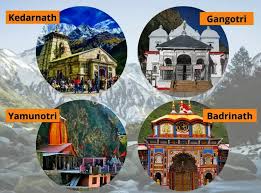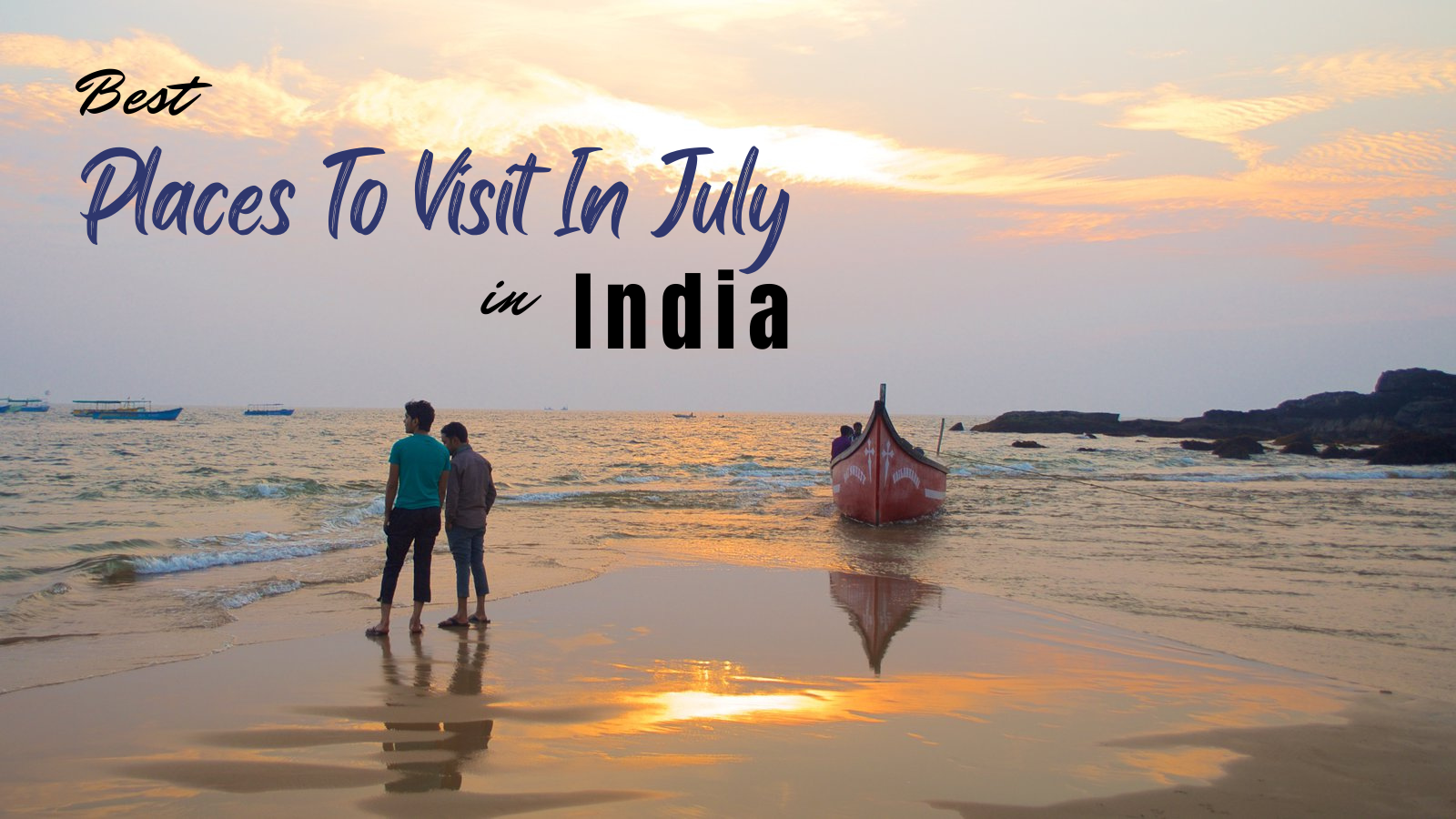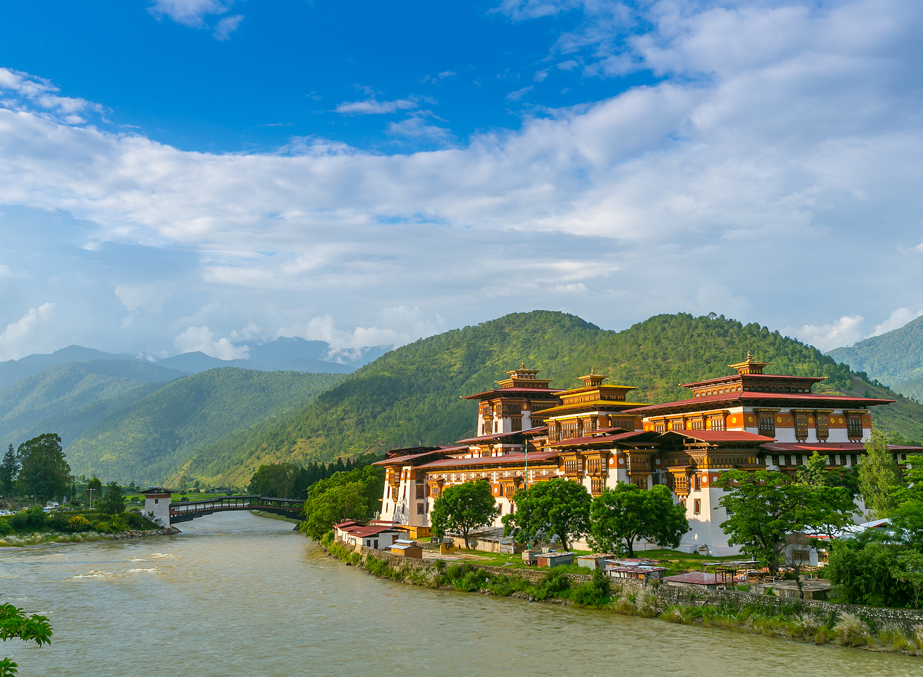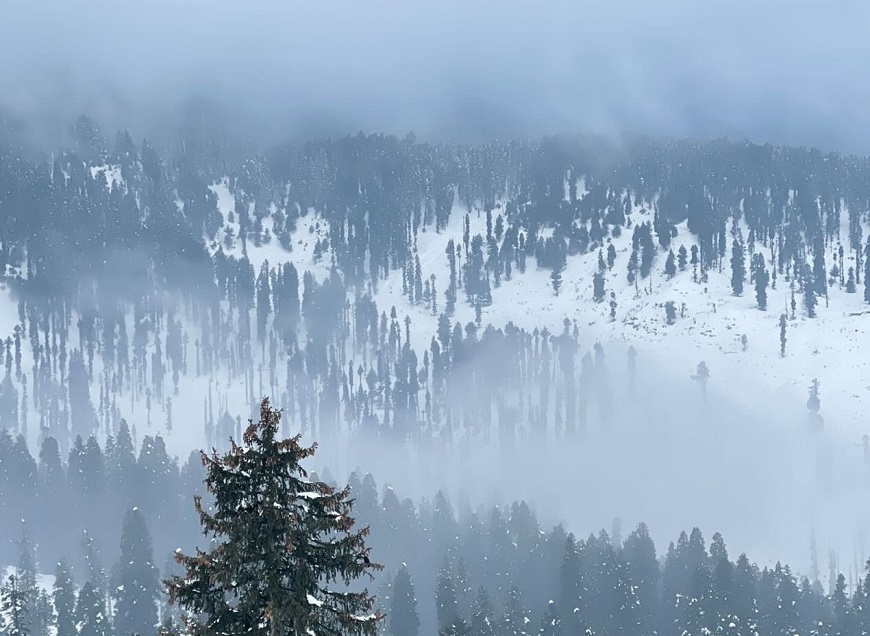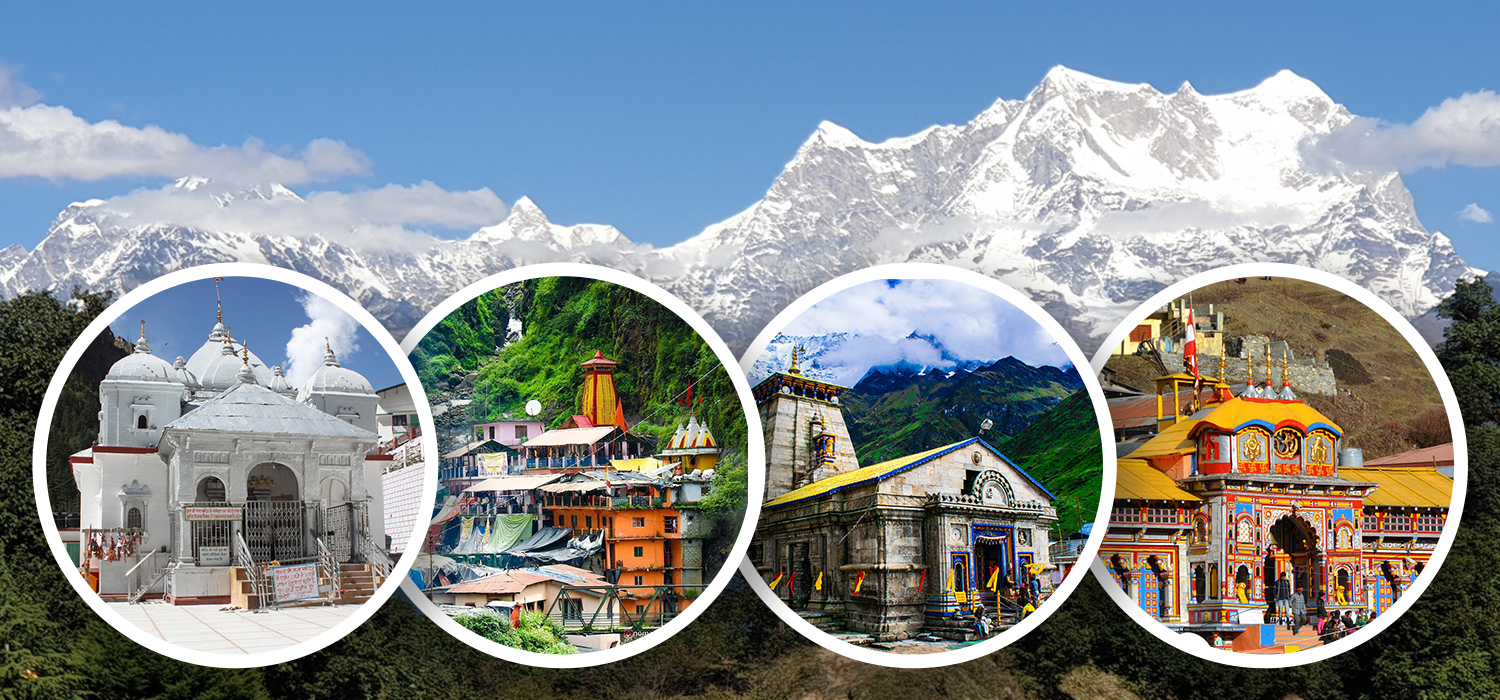Leh, the administrative capital of the Union Territory of Ladakh, India, is nestled in the northernmost region of the country. Situated at an elevation of approximately 3,500 meters (11,500 feet) above sea level, Leh is renowned for its stunning landscapes, rich cultural heritage, and as a gateway for adventurers seeking Himalayan experiences.
Travelers from Delhi have multiple options to reach Leh, each offering unique experiences:
By Air: The most expedient way is to fly from Indira Gandhi International Airport in Delhi to Kushok Bakula Rimpochee Airport in Leh. Several airlines operate daily flights, with a journey time of about 1.5 hours.
By Road:
Via Manali-Leh Highway: This 473-kilometer route traverses high-altitude terrains, including the Tanglang La pass at 5,325 meters. Typically open from June to October, the journey offers breathtaking views but requires careful acclimatization due to rapid altitude gain.
Via Srinagar-Leh Highway: Spanning 434 kilometers, this route passes through the Zoji La pass at 3,505 meters. Generally accessible from June to November, it provides a more gradual ascent, aiding in acclimatization.
What to Wear in Leh Ladakh in June
June marks the onset of summer in Leh, with daytime temperatures ranging from 15°C to 25°C and cooler nights between 5°C and 10°C. Packing appropriately ensures comfort:
Layered Clothing: Mornings and evenings can be chilly, so layering allows adaptability to temperature fluctuations.
Insulating Layers: A fleece jacket or lightweight down jacket is advisable for warmth during colder periods.
Windproof and Waterproof Outerwear: A good-quality jacket protects against occasional rain and wind.
Comfortable Trekking Pants: Opt for quick-drying materials suitable for daytime warmth and evening coolness.
Accessories: Include a wide-brimmed hat, sunglasses with UV protection, and sunscreen to guard against intense sun at high altitudes.
Footwear: Sturdy, broken-in trekking boots with good ankle support are essential for uneven terrains.
Best Time to Visit Leh Ladakh
The optimal period to visit Leh Ladakh is from June to September. During these months, the weather is relatively mild, and both the Manali-Leh and Srinagar-Leh highways are open, facilitating road travel. This season also offers clear skies, ideal for trekking and sightseeing.
Is Leh Ladakh Open for Tourists Now?
As of March 2025, Leh Ladakh is open to tourists. However, travelers should stay updated on any travel advisories or restrictions by consulting official sources before planning their trip.
How Many Days Are Enough for Leh Ladakh
A well-rounded Leh Ladakh trip to Leh Ladakh typically requires 7 to 10 days. This duration allows for:
Acclimatization: Spending the first couple of days in Leh to adjust to the high altitude is crucial.
Sightseeing: Visiting monasteries, palaces, and local markets in and around Leh.
Excursions: Trips to Nubra Valley, Pangong Tso, and Tso Moriri, each requiring 1-2 days.
Trekking: Engaging in short treks like the Sham Valley trek, which can be completed in 2-3 days.
When to Go to Leh Ladakh
The choice of when to visit depends on the experiences sought:
Summer (June to September): Ideal for trekking, sightseeing, and enjoying accessible roads.
Winter (November to February): Suitable for experiencing festivals and the famous Chadar Trek over the frozen Zanskar River, though many roads may be closed due to snow.
Additional Considerations
Altitude Sickness: Given Leh's elevation, acclimatization is vital. Ascend gradually, stay hydrated, and avoid strenuous activity during initial days.
Permits: Certain areas, such as Nubra Valley and Pangong Tso, require Inner Line Permits for domestic tourists and Protected Area Permits for foreigners. These can be obtained in Leh.
Connectivity: While Leh town has decent mobile connectivity, remote areas may have limited or no signal. BSNL and Jio networks are more reliable in this region.
Health Facilities: Medical facilities are available in Leh, but they may be limited in remote areas. Carrying a basic first-aid kit is advisable.
Environmental Responsibility: Ladakh's fragile ecosystem necessitates responsible tourism. Avoid plastic, dispose of waste properly, and respect local customs and wildlife.
Leh Ladakh offers a unique blend of natural beauty, cultural richness, and adventure. Proper planning and preparation ensure a memorable and safe journey to this Himalayan gem.
